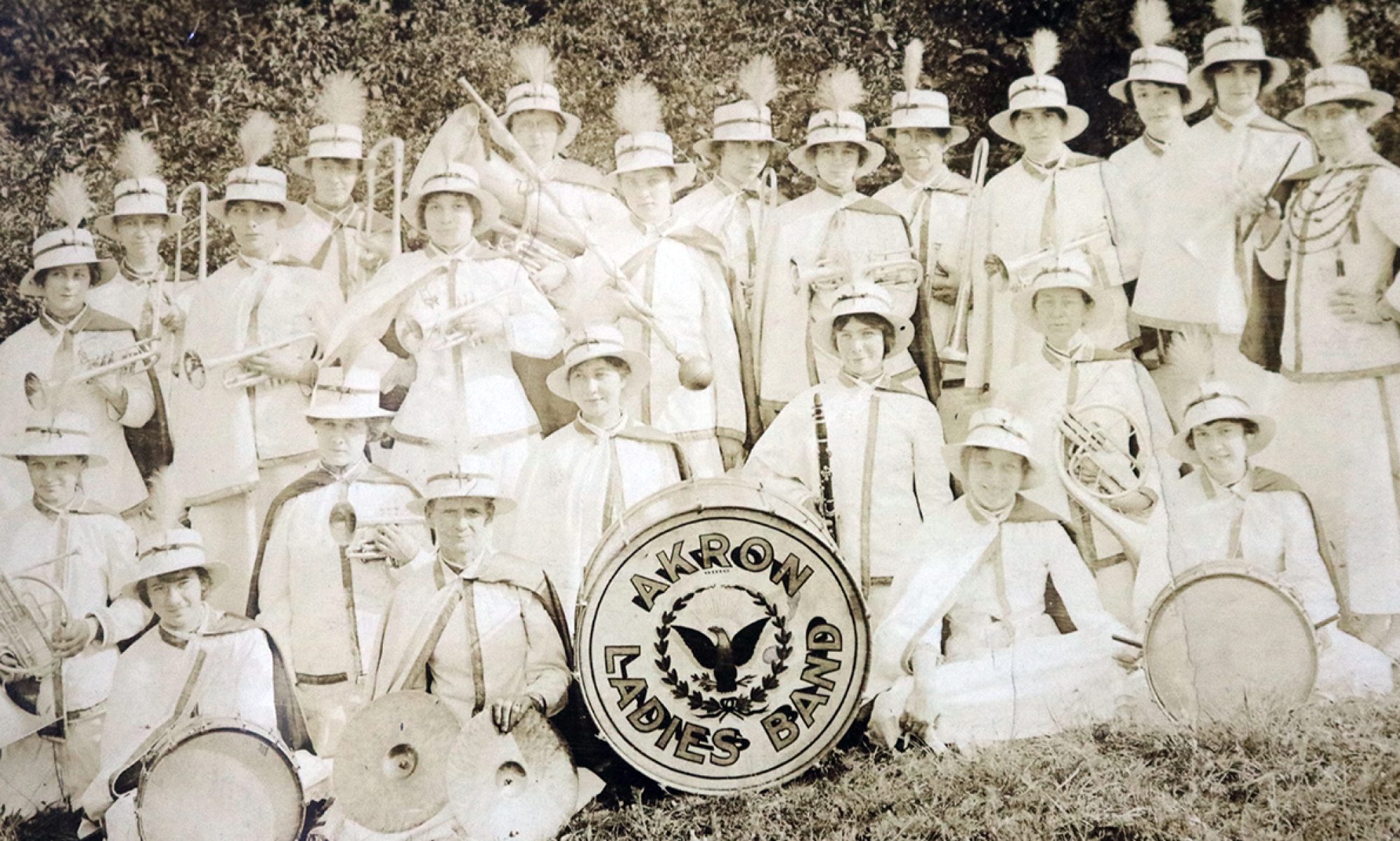
Ruth Ebright Finley, “girl reporter, sob sister, feature writer” for the Akron Beacon Journal in the early 20th century, went on to a career as an editor, a biographer, an expert on American quilts – and one of the greatest clairvoyants of the 20th century.
It’s a long trip from Akron to the afterlife but was an easy one for Finley because she lived two quite separate lives.
Ruth Ebright was born in Akron, the daughter Dr. L.S. Ebright and his wife, the former Julia Ann Bissell. Her father himself lived a kind of dual existence, one as a physician and one, for a time, as the postmaster of Akron.
Ebright was well educated for her day. She enrolled in Oberlin in 1902 but returned to Akron the next year to go to old Buchtel College (now The University of Akron). She never completed her degree.
Instead she started her reporting career with the Beacon Journal. This was a time of sob sisters and sensational journalism. Ebright won a name for herself when managed to get an interview with the former Akronite wife of inventor Thomas Alva Edison. She then went on to the oldCleveland Press. She was best known for her stories on the working conditions of labor women and she is credited with helping get a bill passed that was designed to benefit working women. It was while at the Cleveland Press that she met and married Emmet Finley, an editor there.
Finley had a varied journalistic career after that. She was woman’s page editor of the Cleveland Press, fiction editor of the Scripps-Howard newspaper chain, managing editor for the old Washington Herald, woman’s editor of the Enterprise Newspaper Association, assistant editor ofMcClure’s magazine and editor of Guide Magazine and theWoman’s National Political Review.
There were many dimensions to Finley’s life. Building on her interest in quilts and quilting, she wrote the book, Old Patchwork Quilts and the Women Who Made Them. Part of the movement to reawaken American interest in quilts and quilting, Finley designed the quilt given first lady Eleanor Roosevelt. There was a certain irony in this because Finley was a critic of the New Deal, Franklin Delano Roosevelt and the first lady on the pages of the Woman’s National Political Review, the periodical she edited.
Finley was also an historian of sorts. In 1931, she published a biography of antebellum magazine editor Sarah Josepha Hale. The Lady of Godey’s: Sarah Josepha Haleis still considered an important resource on Hale and her popular woman’s periodical.
Even as Finley continued her career as an editor, quilt expert and historian, she and her husband were exploring different aspects of reality.
As Joan and Darby, the Finleys became chronicling their exploits in the afterlife in their 1920 book Our Unseen Guest. That book chronicled how they first got involved in the paranormal. In Cleveland in 1916, they played with a Ouija board and met their guide to the afterlife, a volunteer ambulance driver who had died in France the year before. Although Our Unseen Guest quickly became a classic in psychic literature, the Finleys were able to keep their involvement in the paranormal secret.
Ruth Ebright Finley died in 1955. Her husband had died five years earlier. The couple did not have any children. Ruth Ebright Finley’s papers are located in The University of Akron Archives.
Photo courtesy of The University of Akron Archives.
–Kathleen L. Endres
